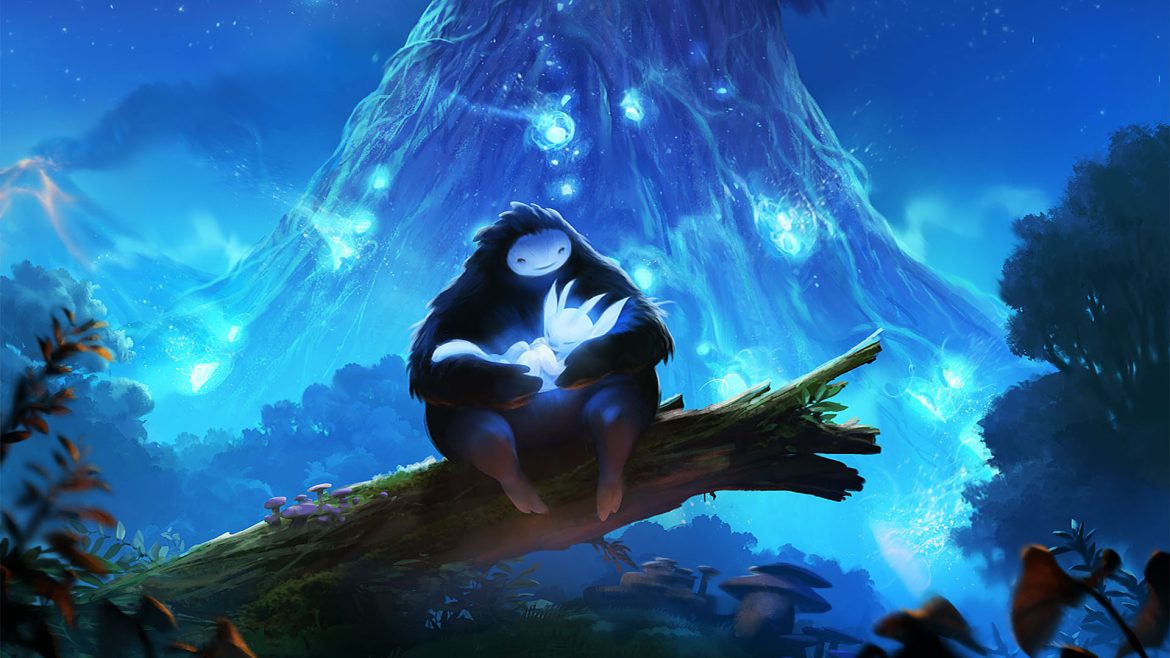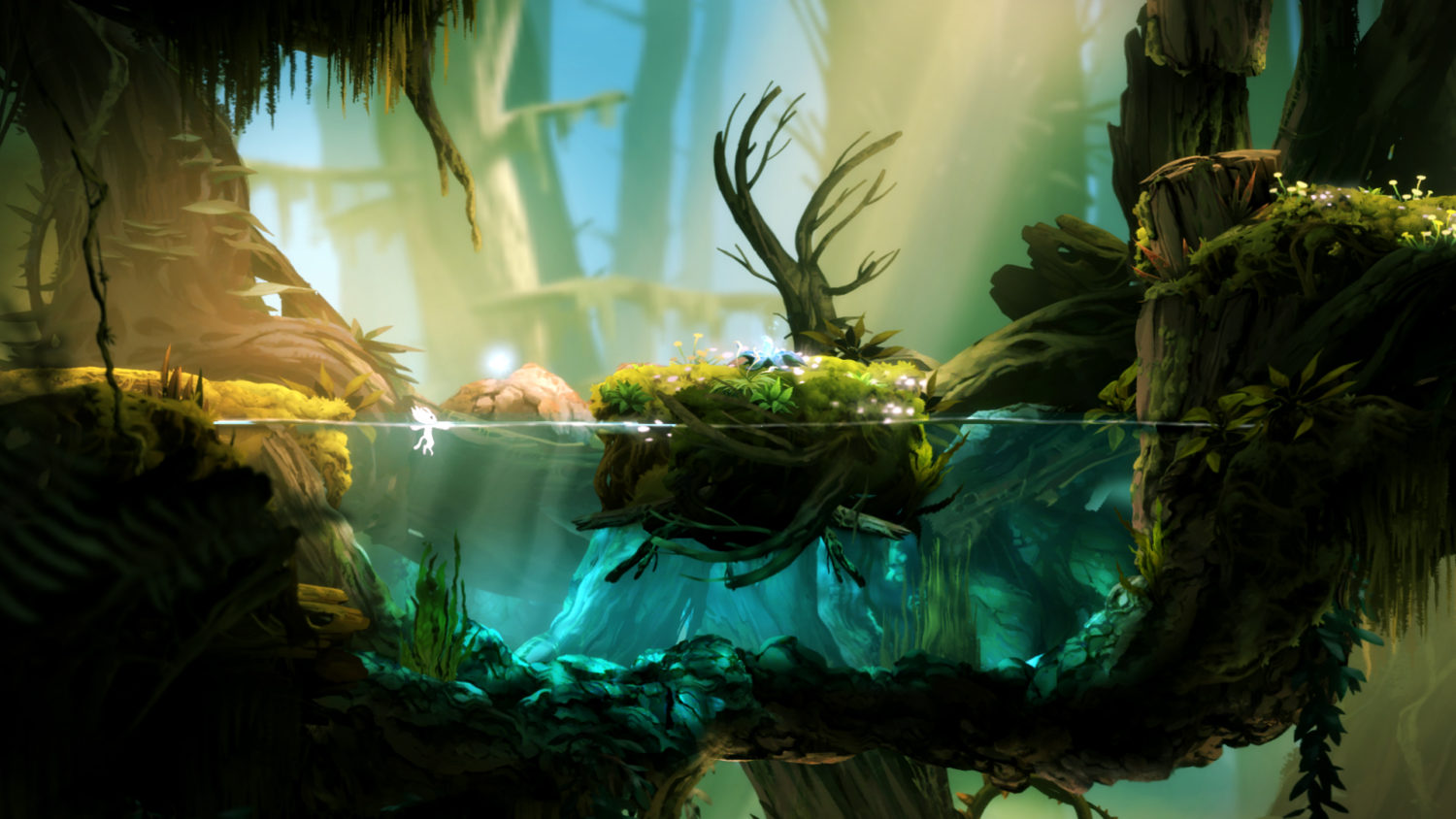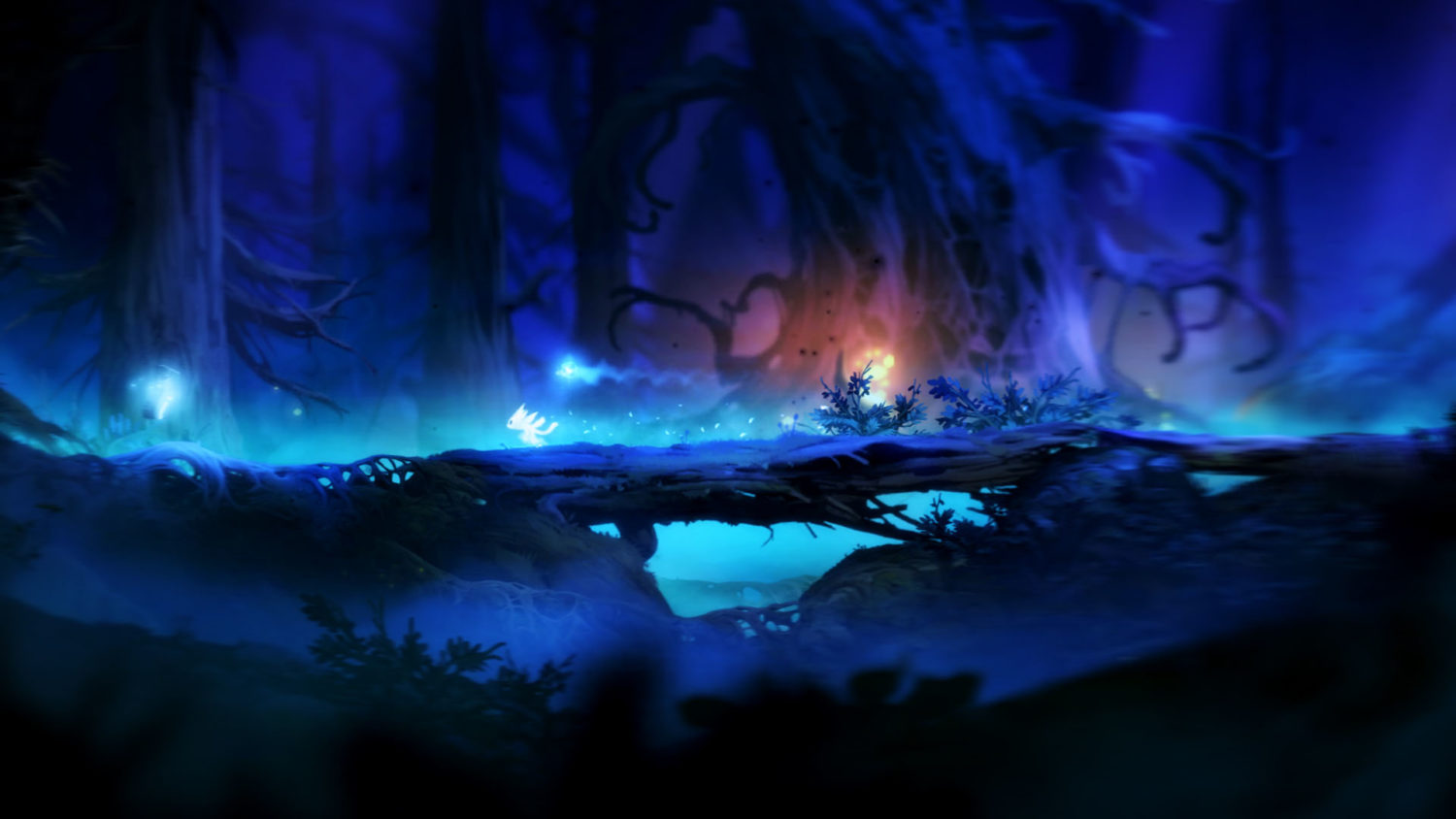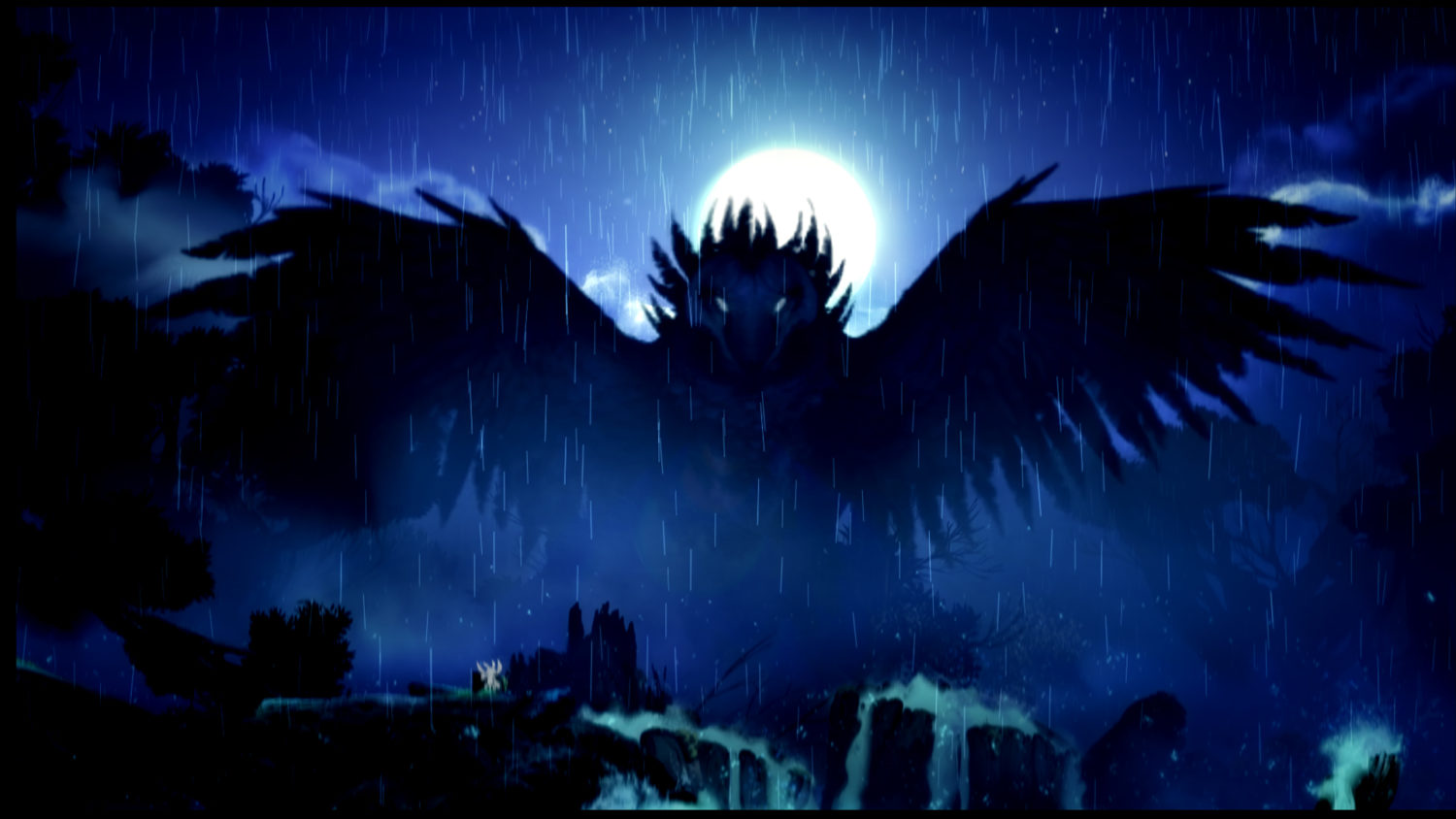TL;DR
Prepare for a visually breathtaking and emotionally charged platformer with Ori and the Blind Forest. While its fairytale charm might suggest an easy ride, this Xbox One exclusive offers a demanding challenge reminiscent of classic NES difficulty. Master precise controls and fluid movement as you explore a vast, interconnected world, unlocking new abilities and facing formidable foes. Its stunning hand-animated graphics and evocative soundtrack create an immersive experience, but be ready for intense platforming sections that will test your patience and skill. If you crave a game that rewards persistence with deep satisfaction and a beautiful story, dive into Ori and the Blind Forest. Discover why this challenging gem is a must-play for platforming enthusiasts.
Microsoft’s Xbox One and PC exclusive title channels the spirit of Jon Bauer and classic platforming. However, its fairytale aesthetic belies a significant challenge for seasoned gamers.
We were captivated by Ori and The Blind Forest at GamesCom in Cologne last year. The compelling graphics, evocative music, and the fluid control of the protagonist, Ori (reminiscent of a more endearing version of Disney’s Stitch), combine to create a cohesive and engaging experience as he navigates a fairytale forest towards his ultimate goal. Following a delay from its initial release window, the title is now available as an Xbox One exclusive, with a PC version slated for release later this year, and a rumored Xbox 360 iteration.
The narrative, while complex, draws parallels to both Avatar and Ubisoft’s visually striking Child of Light. Ori, a creature of light, is separated from his origins during a storm and subsequently cared for by the benevolent Neru. However, when darkness and famine plague the forest, Ori must embark on a quest to restore balance to the forest kingdom.
Ori and the Blind Forest adopts a deliberate pacing in its opening stages. The narrative unfolds gradually, complemented by stunning visuals (though occasional performance dips were observed, detailed below) and a fairytale-inspired score, evoking elements of both Zelda and Japanese role-playing games like Final Fantasy. This initial presentation might mislead players into expecting a largely meditative experience. The game exudes quality, reflecting a passion for storytelling reminiscent of anime director Hayao Miyazaki, and a clear dedication to the platforming genre. After a relatively gentle introduction, players are thrust into a challenging platforming experience harking back to the demanding gameplay of the NES era.
Ori manages two key resources: energy (representing health) and spirit power (used for saving progress and executing special attacks, such as breaking through obstacles). The difficulty curve escalates rapidly, revealing a substantial game that, in classic Metroidvania fashion, encourages extensive backtracking across a large map as new abilities like double jump and wall jump are unlocked. Such a demanding platformer is a relative rarity in the current gaming landscape. Success demands speed, precision, and resilience in the face of repeated attempts. The game offers minimal hand-holding, often requiring players to explore the map extensively to determine their next objective, echoing the trial-and-error approach of 8-bit gaming. This level of difficulty may deter some modern, “casual” players, but will undoubtedly appeal to those seeking a genuinely challenging experience.
The visuals in Ori and the Blind Forest are genuinely exceptional. The hand-animated backgrounds, coupled with parallax effects to create depth and presence, are further enhanced by impressive lighting and texture work. Occasional frame rate drops when the screen is filled with action represent the only significant blemish, a potential issue that could be addressed in a future patch. The sound design is equally commendable, despite its relative simplicity. The game features a fictional language that is strangely reminiscent of a more melodic version of Jabba The Hutt’s vocalizations blended with Finnish, yet it proves surprisingly effective. The soundtrack is beautifully atmospheric, perfectly complementing the fairytale setting. Indeed, one might occasionally find oneself simply admiring the map to appreciate the music. A challenging platformer hinges on responsive controls, and Ori and the Blind Forest excels in this regard. The Xbox One controller feels perfectly suited to the game, and Ori responds instantly and accurately to player input. Errors are attributable to a lack of player skill, rather than any failing of the controls – precisely as it should be.
As previously noted, the difficulty level is high by contemporary standards, meaning that Ori and the Blind Forest demands commitment and offers no easy path through its challenges. This aspect will likely prove divisive. Some will embrace the challenge, while others will find it frustrating. We consistently found the game to be just difficult enough to encourage continued play and improvement. However, there are moments where progress can be halted by a lack of energy for saving, forcing players to navigate lengthy obstacle courses in a single attempt. This can lead to frustration, particularly as enemies become more resilient, faster, and deadlier, potentially creating sudden-death scenarios that may not appeal to all players.
We found it difficult to stop playing Ori and the Blind Forest once we began. It is a visually stunning, emotionally resonant, and exceptionally well-crafted game. While its challenging nature might limit its appeal to a more hardcore audience, those willing to embrace the difficulty will discover one of the most rewarding and beautiful games in recent memory. Xbox One gains another significant asset to its library.
Footnote: Microsoft has opted to release Ori and the Blind Forest as a digital title, available for purchase via Xbox Live, Steam (PC), or through code cards at retailers. Physical copies on disc are not currently planned.





